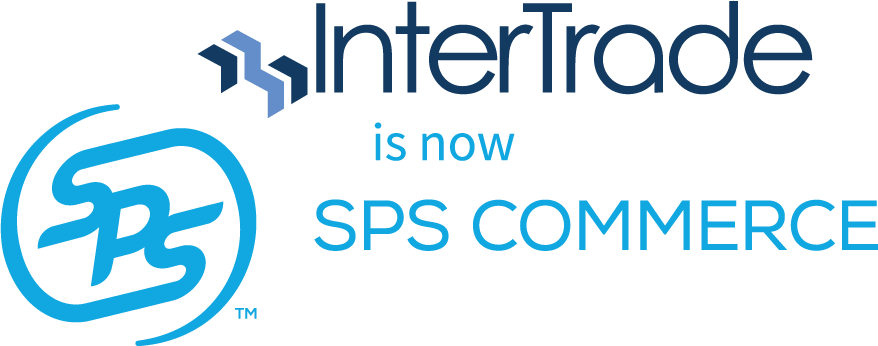Is your company using EDI software for B2B integration? If not, it’s time to learn more about this time-tested solution. EDI is a supply chain management tool that helps businesses optimize processes across purchasing, sales, and production. EDI solutions deliver tangible bottom-line benefits for retailers—especially those with employees currently working from home. In this article we’ll detail a few of the key benefits organizations can enjoy with cloud-based EDI capable software.
Fewer Manual Processes
One major benefit of EDI implementation is that it reduces (or even eliminates) the need for manual processes. Before EDI software was introduced in the 1970s, companies relied on their employees to record information like purchase orders or invoices. Now, with EDI solutions, important information can be sent automatically and electronically, ensuring that the data is accurate before it is sent.
By limiting manual processes, businesses can also lower the number of errors occurring during data entry. According to Ungerboeck, manual data entry has an average error rate of 1 percent. That might not seem like much—but consider how many entries an employee makes each day. Errors add up, and the consequences for an organization can be disastrous. EDI helps eliminate the risk of data errors with built-in validation processes to ensure accuracy and security.
Using a retail EDI solution rather than relying on employees can save a significant amount of time. When employees don’t have to manually enter data, they can invest those hours into more important tasks. For example, creating orders can often take an employee 24 hours or more. But with EDI, the same task can be completed in less than an hour, generating cost savings while reducing strain on internal resources.
Removing data entry tasks and other manual processes allow employees to dedicate their time to more important tasks that require a human touch. The use of EDI-compliant software has been shown to increase productivity and reduce costs for companies that use it.
Streamlined Workflow
EDI provides the foundation for automated order processing and inventory management. What’s more, EDI services have been proven to streamline and improve workflow while enhancing supply chain predictability.
What does EDI look like in practice? Here’s an example of how EDI streamlines supply chain operations after implementation:
When it’s time to place an order with a supplier, an employee simply creates an electronic purchase order as usual. The integrated EDI solution works behind the scenes to create an EDI version of the purchase order and send it to the supplier.
Even if a supplier is using different technology, their order system will automatically (and correctly) translate and receive the EDI information. The error-free transaction has now been completed much faster than via a manual process.
Benefits of EDI Integration
As detailed above, EDI reduces reliance on manual processes, helping to limit human errors. It also creates a more streamlined workflow and generates time and resource savings for organizations through automation. The advantages offered by EDI are enormously beneficial to retailers—especially today when many supply chain staff are working from home. Increased automation is helping many companies survive the COVID-19 pandemic. With all these benefits and a proven track record, it’s clear that EDI is here to stay.




